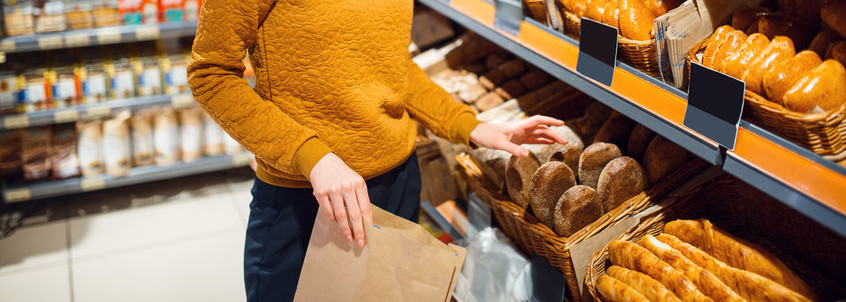
The annual IFT (Institute of Food Technologists) trade show moving completely online is just one sign of a shift happening in the food and baking industry. The virtual conference focused on other shifts the industry is seeing—formulations, packaging, technology, food safety, consumer tastes and everything in between—and how to adapt and lead in a new space.
A few themes stood out, such as sustainability, traceability and alternative ingredients. However, what are some of the drivers behind these trends? Eve Turow-Paul, Millennial food culture expert and author of Hungry: Avocado Toast, Instagram Influencers, and Our Search for Connection and Meaning, spoke on understanding Millennial and Gen Z tastes and motivations when it comes to food.
The two generations that currently make up the population aged 8 to 39 have become an interest to the food industry. What products and marketing is best to reach this generational shift? Turow-Paul’s research suggests there is a correlation between emotional states and food trends.
The Digital Age Impact
Turow-Paul and Datassential’s Hungry Study is a survey of 1,100 Americans across demographics to see the impact of the Digital Age on human behavior. One result (which may not come as a surprise) was a strong “foodie culture,” with 84% of Gen Z and 86% of Millennials being passionate about food.
However, the impact of technology also surfaced. It seems the Digital Age creates issues such as stress, anxiety, depression, loneliness, and narcissism. And to counter these issues, people are looking for control, community and purpose.
How does this relate to food trends?
As Turow-Paul said, there is a desire to “create order out of chaos.” And food and diet choices are something we all can control. For example, knowledge about where your food comes from (i.e. blockchain and tracking labels) can bring some peace. Restrictions such as non-GMO, gluten-free, paleo or vegan can also give you a feeling of control, and take away some of the stress of too many options.
People are also seeing the impact that one person can have when it comes to lifestyle choices. This desire to make purposeful choices that benefit a community are driving the sustainability and local trends.
Meeting needs as food producers
With your product, brand and company, you can speak to these customer needs. Be transparent with your ingredients and process. Help create community by creating a shared experience or bringing in local ingredients and artisans. Find ways to be sustainable and give back. Make a shift in the culture of food.

